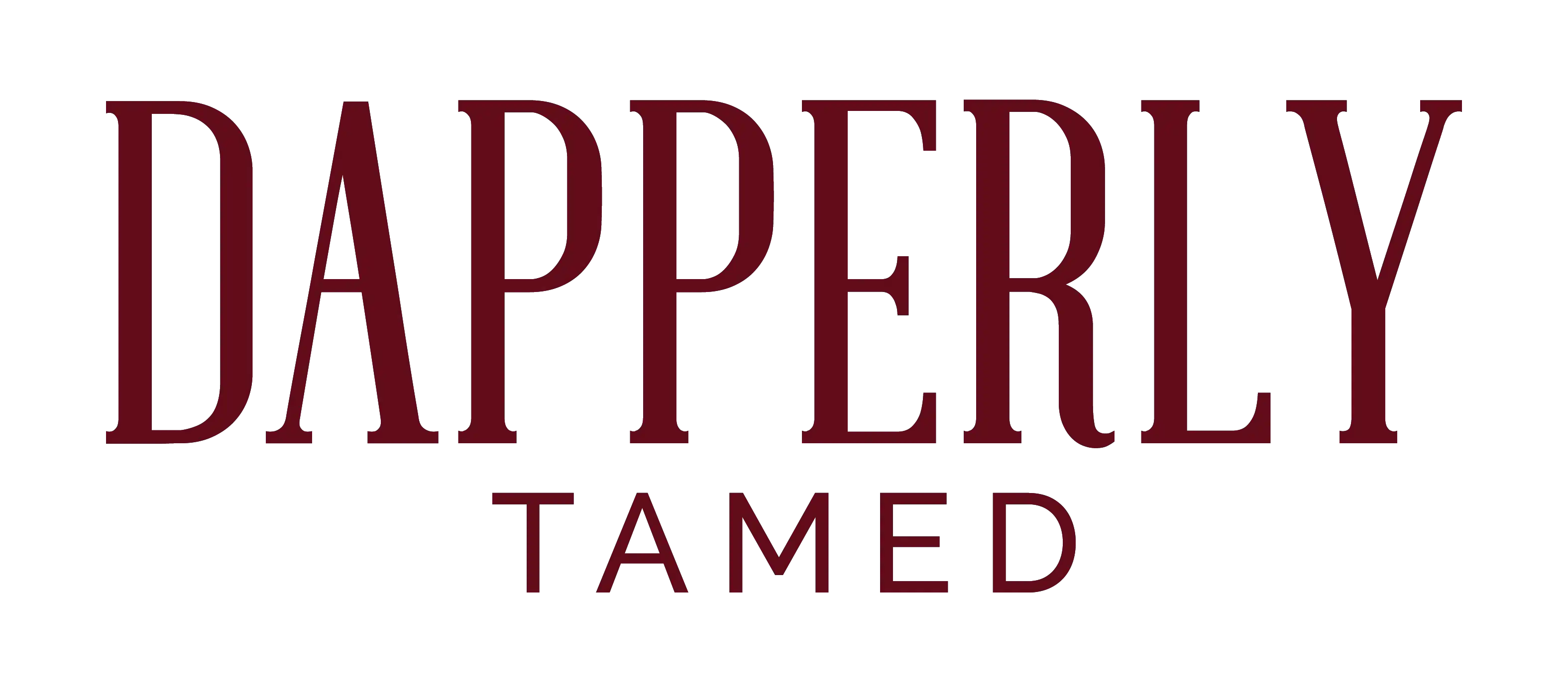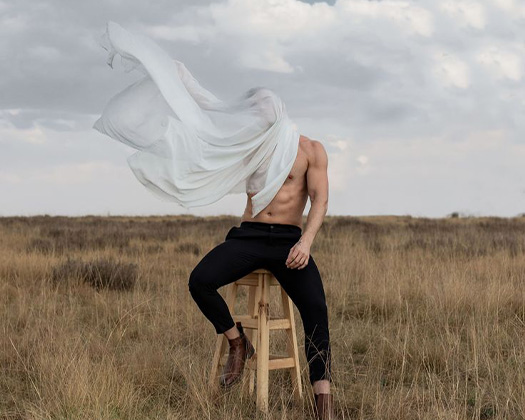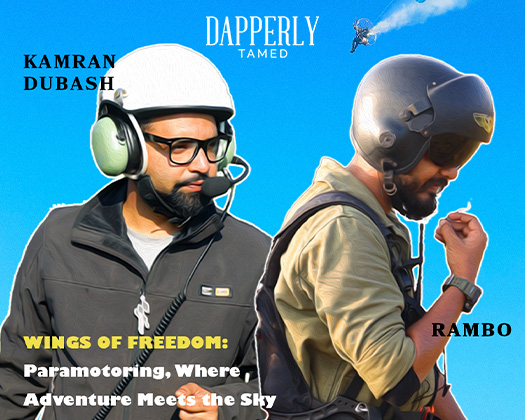The Intersection of Men's Fashion with Art: Shaping Cultural Trends
Introduction
The world of men's fashion is not just about clothing; it's a dynamic art form that continuously evolves and intersects with various other artistic expressions, including photography, film, and visual arts. This symbiotic relationship between fashion and art has played a pivotal role in shaping cultural trends throughout history. In this article, we will explore how men's fashion and these art forms intertwine, influencing and reflecting the zeitgeist of their times.
Photography: Capturing the Essence of Style
Photography and men's fashion have enjoyed a long and fruitful partnership. Iconic fashion photographers like Richard Avedon, Mario Testino, and Annie Leibovitz have shaped our perception of men's style through their lens. Their ability to capture not just garments but also the spirit and emotion behind them has made fashion photography an integral part of the industry.
Fashion photography immortalizes the latest trends, creating visual narratives that inspire and inform. Whether it's a high-fashion editorial in a glossy magazine or a street-style snapshot on Instagram, photographs have the power to convey the ethos of a fashion moment. They document the evolution of men's style and, in doing so, become historical records that influence contemporary culture.
Film: Wardrobe as Character
In the world of cinema, men's fashion is not merely a costume but an essential element in character development and storytelling. Costume designers collaborate with filmmakers to ensure that clothing reflects a character's personality, era, and narrative arc. Iconic characters like James Bond and Tyler Durden have become synonymous with their distinctive styles, influencing men's fashion trends for generations.
Film has the power to make fashion iconic. A well-chosen wardrobe can elevate a character and leave an indelible mark on popular culture. Think of Humphrey Bogart's trench coat in "Casablanca" or Steve McQueen's Persol sunglasses in "The Thomas Crown Affair." These cinematic moments have inspired countless men to embrace these signature styles, showcasing the enduring power of film in shaping men's fashion.
Visual Arts: The Fusion of Aesthetics
Visual artists have long drawn inspiration from men's fashion, and vice versa. The lines between fashion and art often blur as designers collaborate with artists or incorporate artistic elements into their collections. Think of Yves Saint Laurent's "Mondrian" dress or collaborations between streetwear brands and graffiti artists. These collaborations infuse fashion with fresh creative energy while introducing art to a broader audience.
Visual arts also provide a platform for fashion to explore themes beyond aesthetics. Through installations, exhibitions, and performance art, fashion designers can communicate complex ideas and provoke thought. The art world's intellectual depth and creativity influence men's fashion by encouraging experimentation and pushing boundaries.
Shaping Cultural Trends
Men's fashion's intersection with photography, film, and visual arts is not a one-way street; it's a dialogue that shapes cultural trends. The synergy between these art forms and fashion cultivates a fertile ground for innovation and self-expression. Men's fashion becomes a reflection of the cultural zeitgeist, and cultural trends are influenced by the fashion of the time.
Fashion's role in shaping cultural trends is multifaceted. It can be a mirror that reflects societal values, a tool for resistance and rebellion, or a vehicle for self-expression and identity. In the 1960s, the counterculture movement embraced unconventional fashion as a form of protest, while the 1980s celebrated opulence and excess through power dressing. Today, sustainable and gender-fluid fashion reflects our evolving societal values.
Conclusion
Men's fashion is more than just clothing; it's an art form that weaves a rich tapestry of culture, history, and creativity. Its intersection with photography, film, and visual arts enhances its expressive power, enabling it to influence and shape cultural trends. As fashion continues to evolve and engage with these art forms, it remains an ever-evolving reflection of our society, leaving an indelible mark on the cultural landscape.








